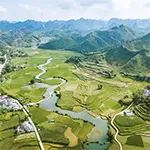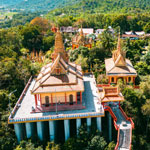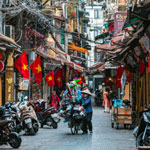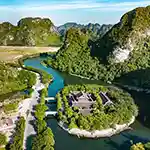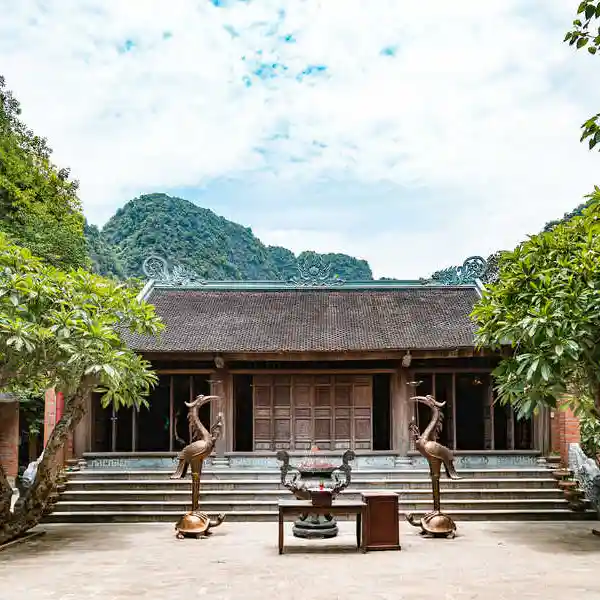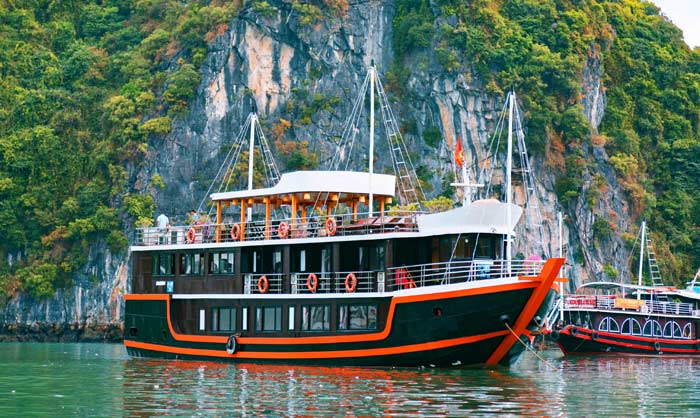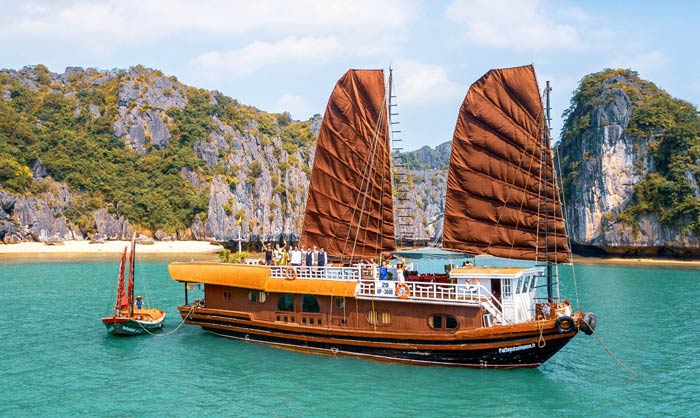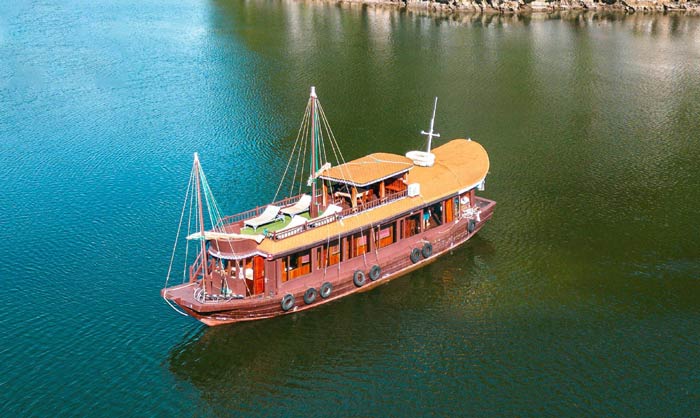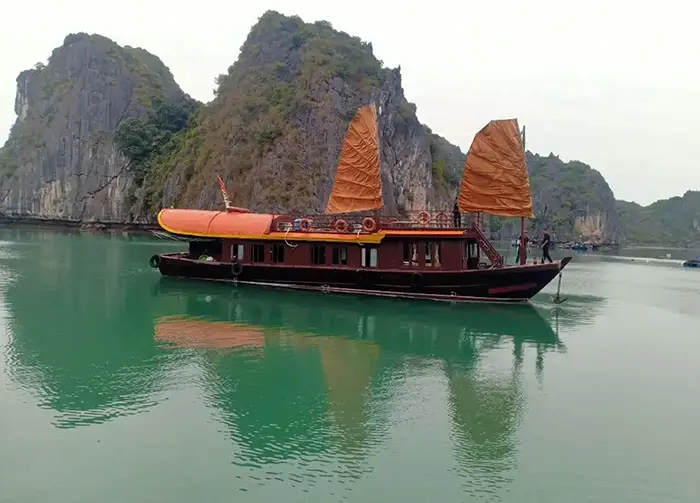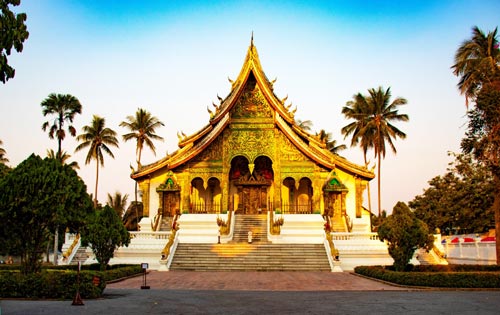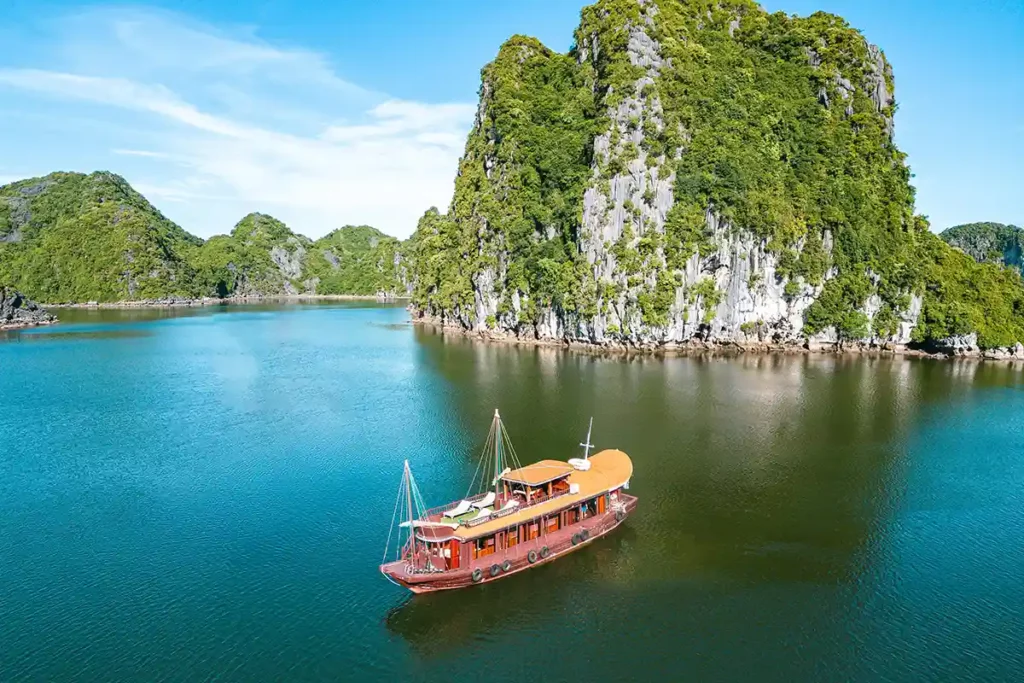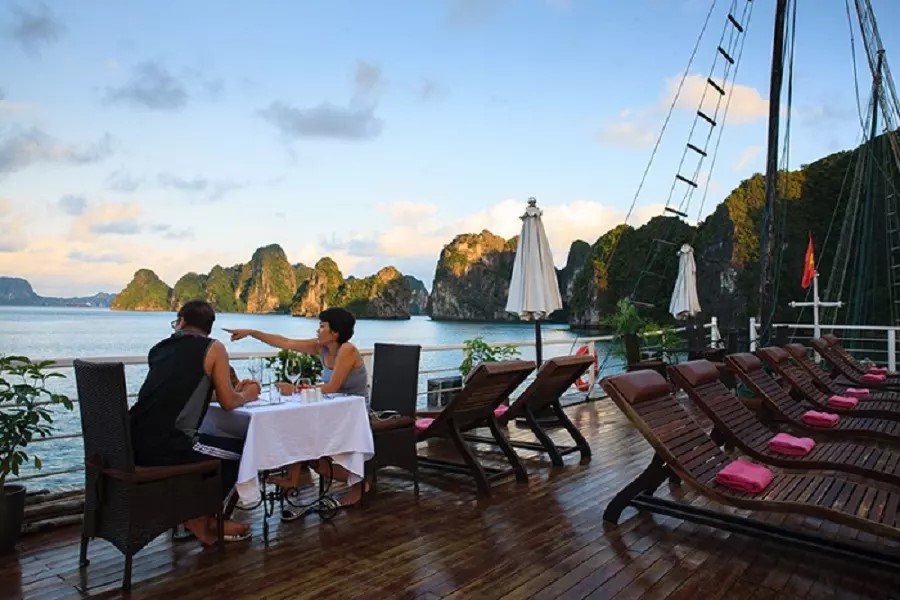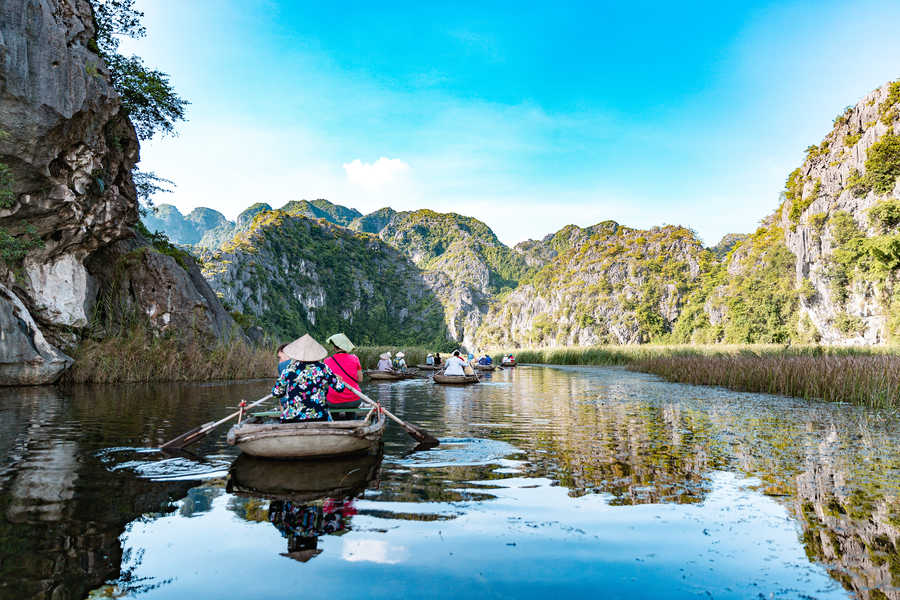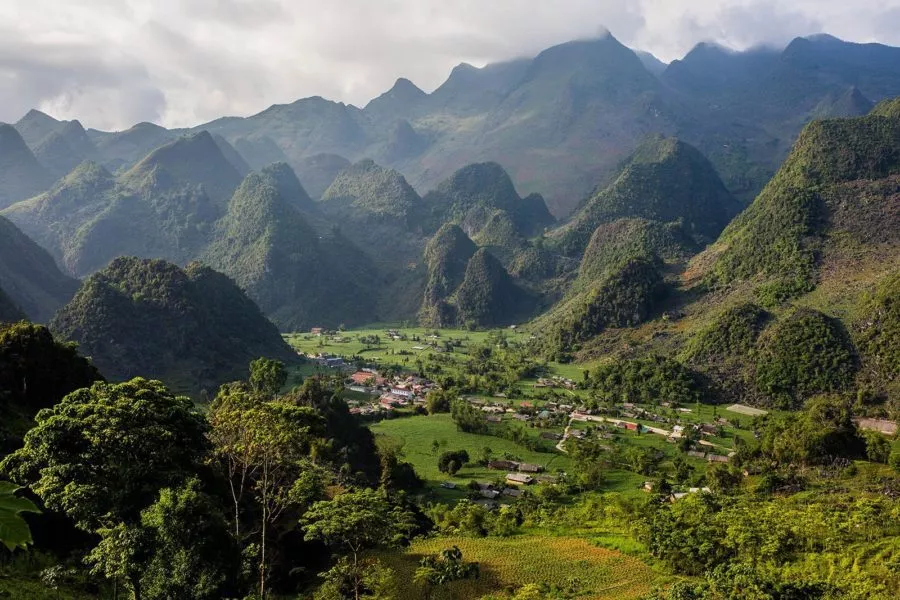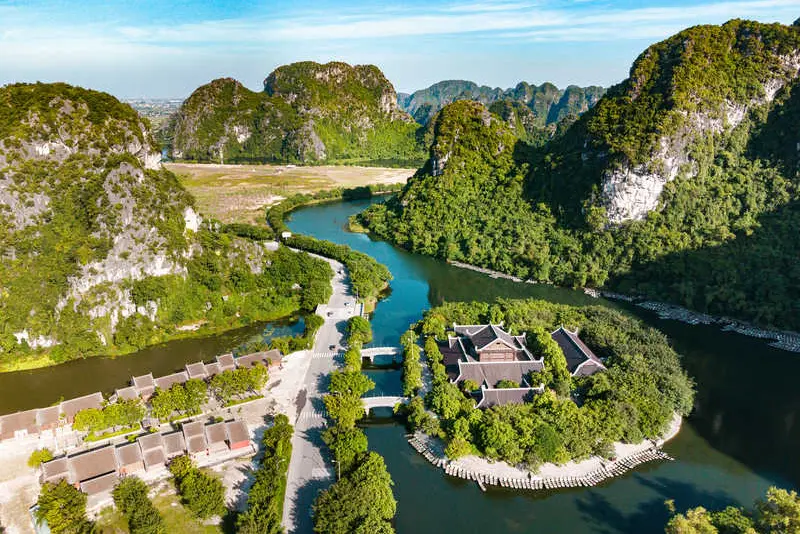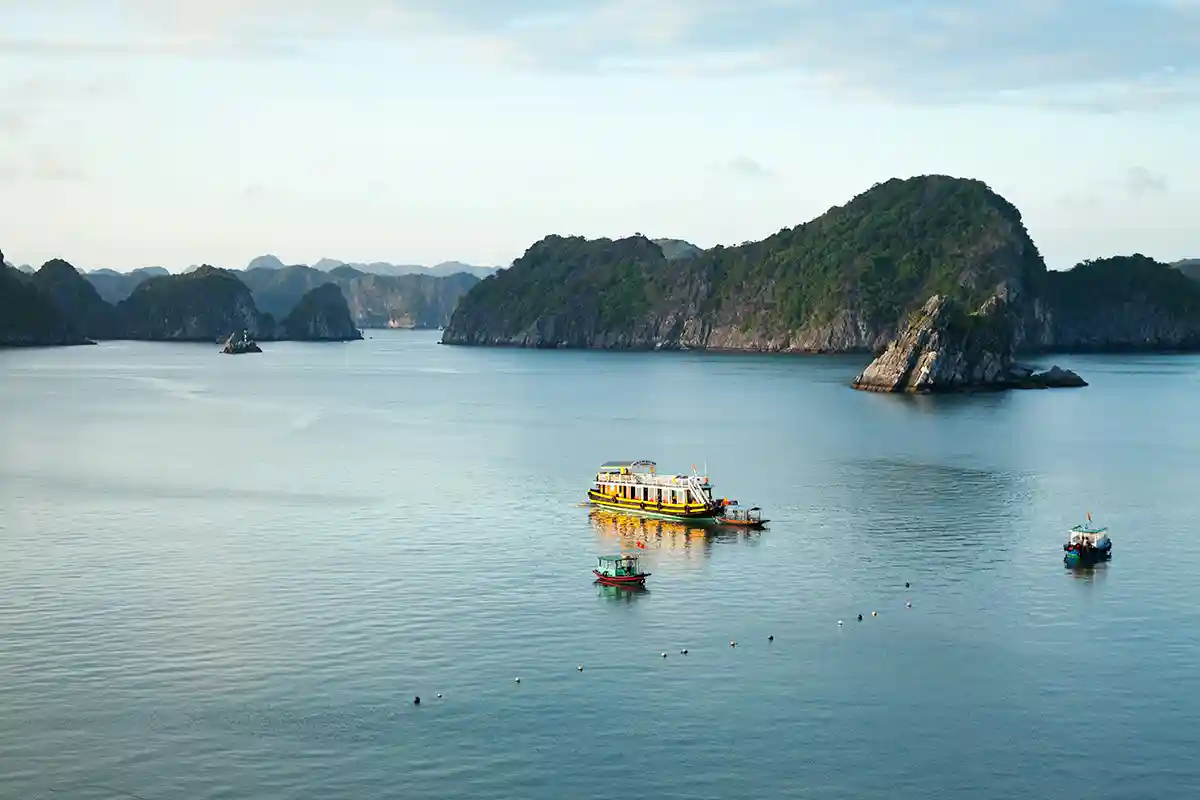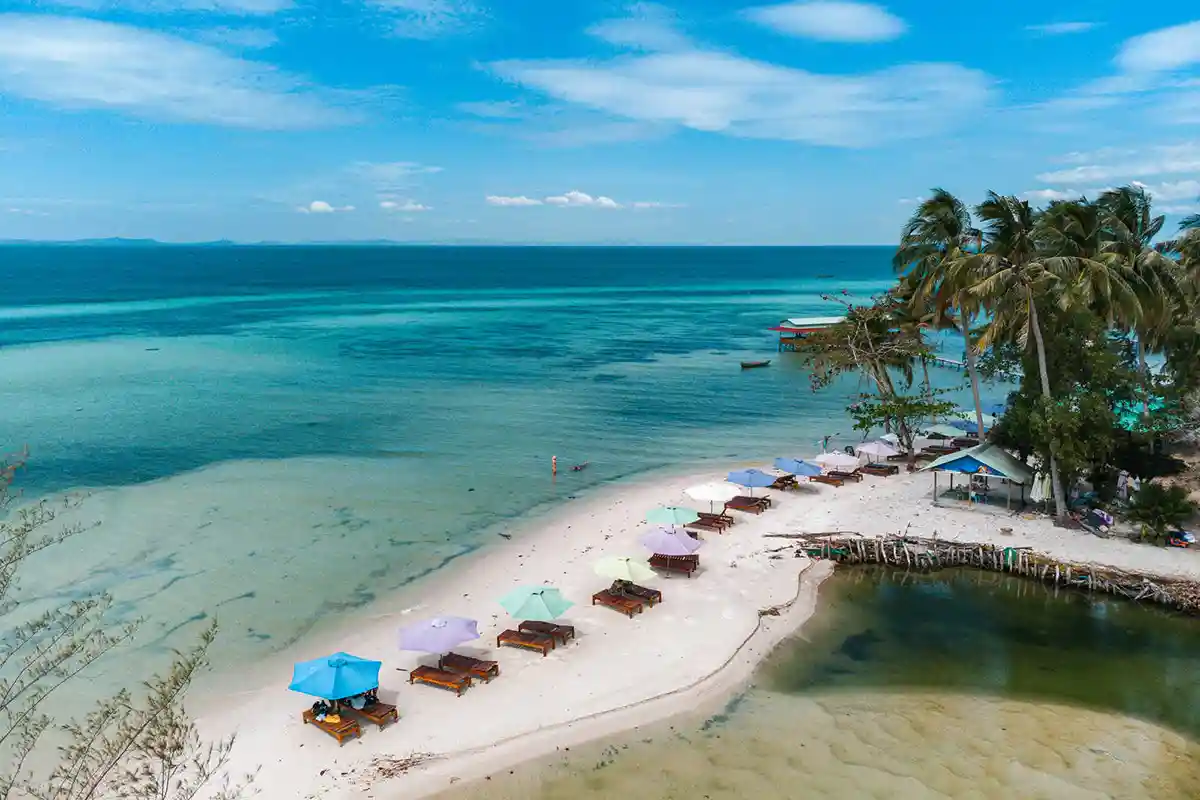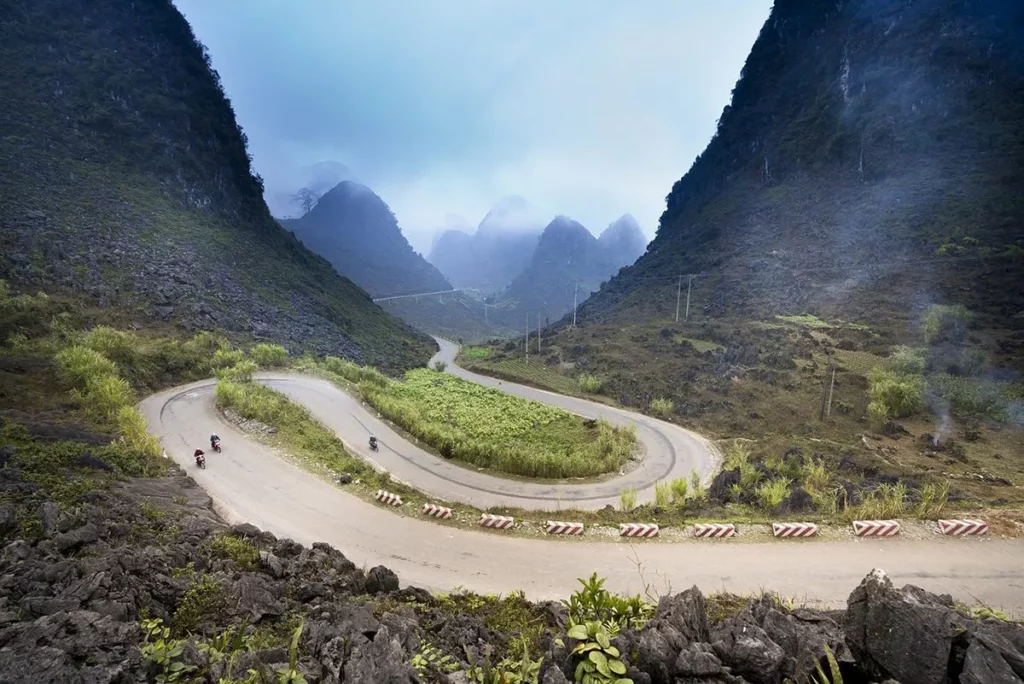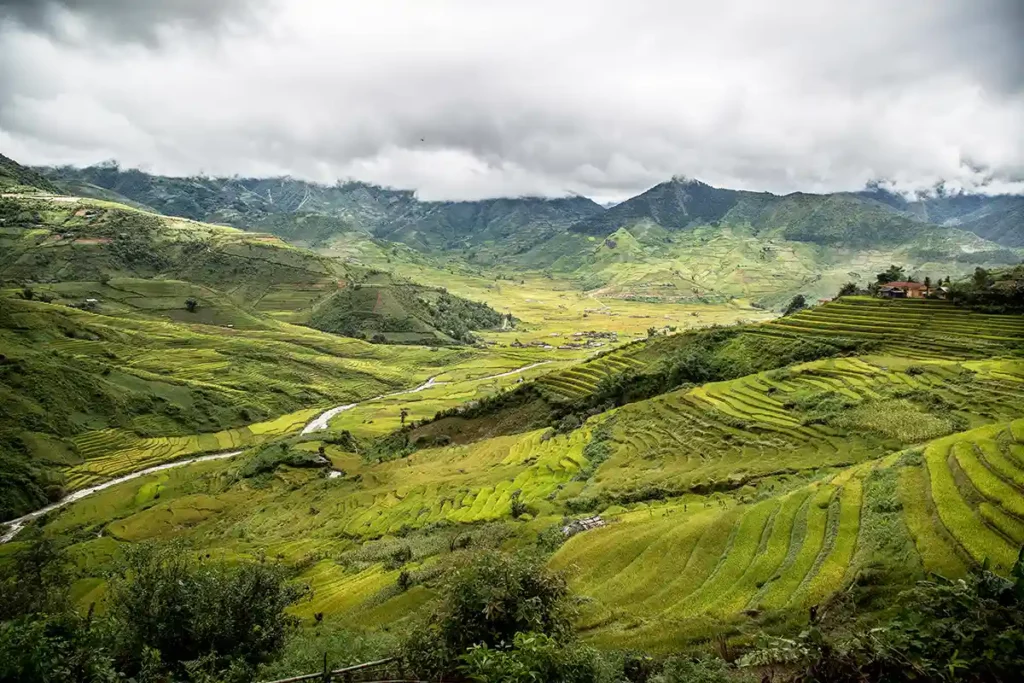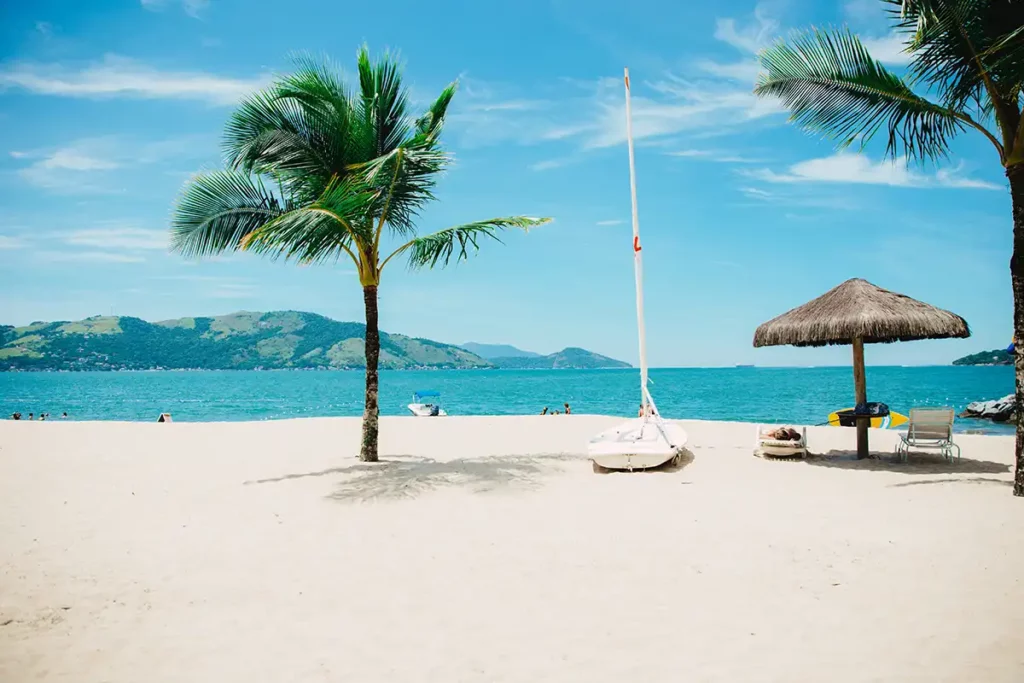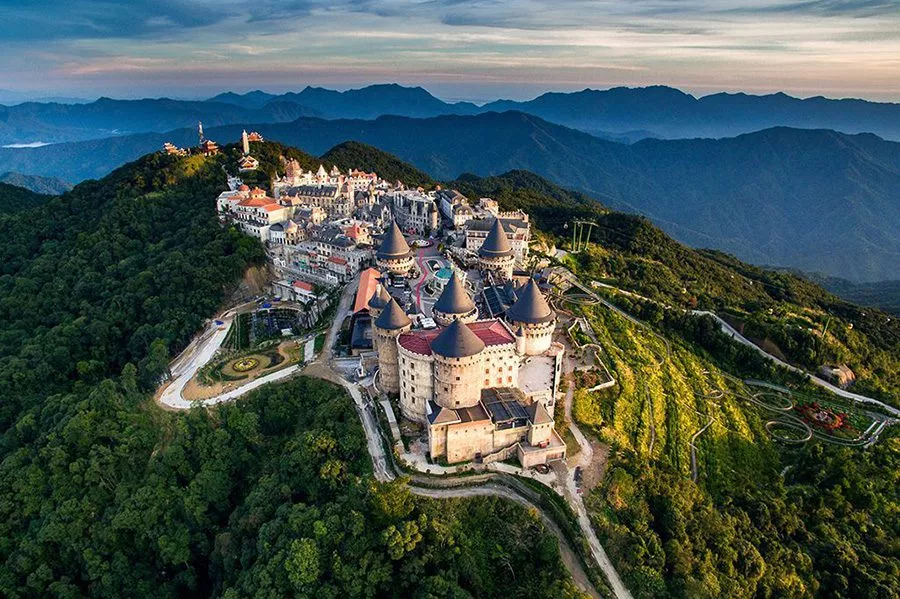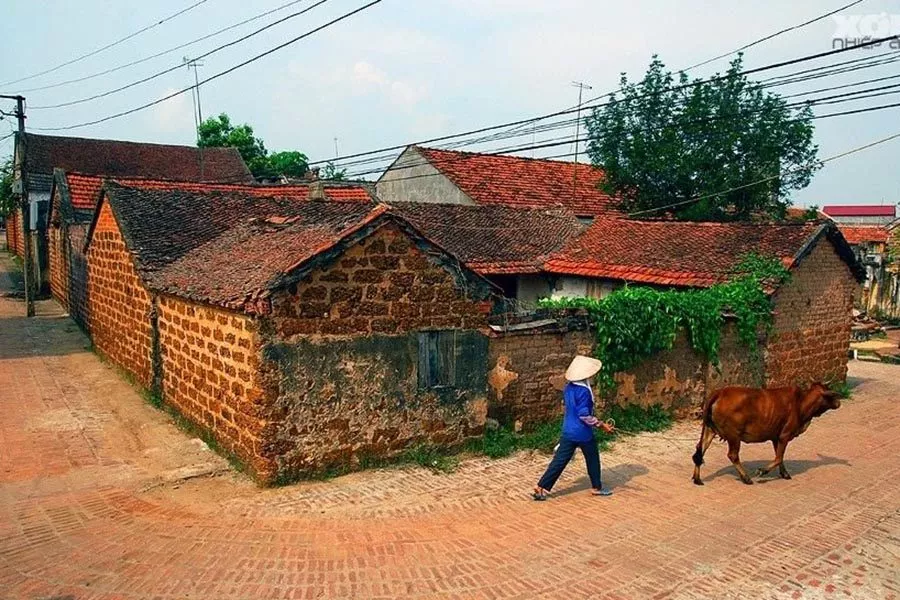An integral part of Asian maritime culture, the junk has become an iconic symbol of travel and elegant cruises in Vietnam.
Whether coastal, river, or sea-going, these elegant and silent junks have sailed for centuries through the idyllic landscapes of northern Vietnam — most famously the breathtaking Halong Bay, with which they are inseparably linked.
Today, while traditional junks are primarily private vessels dedicated to tourism, they still carry with them a rich and fascinating history that reflects Vietnam’s deep maritime heritage.
History of Junks
From the Javanese djong or the Malay adjong, meaning “boat” or “large vessel,” junks are among the oldest watercraft ever created by humankind.
More common from the 2nd century AD and originating from the South China Sea and the Java region, junks only entered the Western imagination in the 13th century, thanks to the travels and writings of Marco Polo.
Through his accounts, sketches, and explanations, Marco Polo played a crucial role in the history of European navigation, inspiring shipbuilders — including those who designed the vessels used by Christopher Columbus to reach America in the 16th century.
Over the centuries, junks have served a wide variety of purposes.
Junks: A Cultural and Commercial Bridge
Thanks to coastal junks, Southeast Asia became connected to India and the Arabian Gulf. These vessels were the cornerstone of trade between these regions, carrying hundreds of tons of cargo across the seas.
The trade of silk, porcelain, and tea in exchange for ivory, spices, or gold brought immense wealth to Asian merchants for centuries, with a particularly prosperous period between the 16th and 17th centuries. The commercial success and reputation of nations such as China in global trade are therefore intrinsically linked to the history of their junks.
But one should not think that junks traded only within Asia. In the 19th century, some crossed the Pacific Ocean to reach the United States, while others sailed around the Cape of Good Hope to England — such as the junk Keying, which departed from Hong Kong in 1846 and later became a floating museum.
Junks — Fierce Warriors of the Seas
Capable of carrying hundreds of men on board, junks were used in numerous military expeditions and landings across Asia. Among the lesser-known episodes of history is the invasion of the islands of Japan and Java in the 13th centuryby… a Mongol fleet! Far from limiting themselves to horseback conquests, the Mongols were in fact exceptional sailors who expanded their influence in the region thanks to junks.
The largest expeditions were later carried out by China under the Ming dynasty (15th–17th centuries), most notably by Admiral Zheng He, a man who reached the Cape of Good Hope 92 years before Vasco da Gama. The admiral commanded one of the most impressive armadas in history, with a fleet of 30,000 sailors and 300 ships of various functions — patrol, troop and horse transport, supply ships, and treasure carriers. The size of these vessels far exceeded anything built in Europe at the time: his largest junk measured about 400 feet long (122 meters) and 150 feet wide (46 meters), equipped with nine masts in total!
Finally, junks would once again make their appearance during the legendary Opium Wars, which pitted China against the colonial powers of England, France, and the United States in the mid-19th century.
It was during this period that the military saga of the junks came to an end, as they were technically outmatched by Western iron warships.
The East India Company destroyed the Chinese war junks in the Pearl River Delta on January 7, 1841.
Painting by E. Duncan (1843).
Junks and the Age of Pirates
This is without a doubt one of the most thrilling chapters in the history of traditional junks — the age of piracy. While acts of piracy date back to ancient times, it was particularly during the 18th and 19th centuries that these vessels, sailing across the South China Sea, became the protagonists of some of the most fearsome naval battles in history, inspiring fear even among the most powerful nations.
One of the most iconic figures in the history of junk piracy is undoubtedly the Chinese pirate Ching Shih. At the very time when Napoleon and Admiral Nelson were clashing at Trafalgar with around thirty ships on each side, Ching Shih commanded an astonishing fleet of 300 junks — amounting to 20,000 to 40,000 men! With such power, she repeatedly defeated her direct rivals as well as the British and Chinese governments, whose captured ships only served to expand her pirate armada. It was not until 1810 that the Portuguese, based in Macau, finally defeated her after the battles of the “Tiger’s Mouth” and “Chek Lap Kok.”
Fishing junks: the last remnants of traditional junks
Of all the purposes junks have served over the centuries, fishing has proven to be the most enduring. In many small ports across Asia and Vietnam, fishing junks still hold a special place in the hearts of locals who remain deeply attached to their maritime traditions.
Smaller and therefore more agile than their pirate or military counterparts, fishing junks can easily navigate among the countless islands scattered across Halong Bay.
The construction of traditional Vietnamese junks
A première vue, la jonque peut sembler être un navire bien étrange.
At first glance, the junk may seem like a rather strange vessel.
Its sails appear fragile and uneven, and their square shape is not hydrodynamic. The bow is too low, the stern too high, and the transom too wide. However, it is one of the most seaworthy vessels ever built by an ancient civilization.
The junk is also very sturdy, because when a sail is damaged, the tear stops at the battens, whereas on Western ships, the entire sail could rip apart. This batten system also proves very practical for sailors, who can adjust the sails from the deck without putting themselves in danger by climbing up the mast.
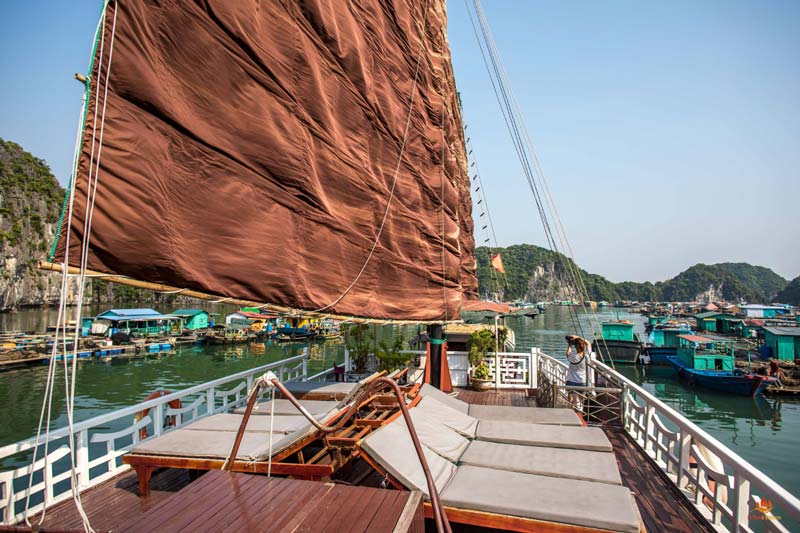
The Junk “Quatre Saisons”
As for the composition of the junk’s sails, the very first ones were not made of canvas, but of woven grass, which had to be soaked in tannins to be strengthened. This process gave them a reddish-brown hue, which was retained even after canvas masts were invented.
Traditional junks are generally made from resinous woods such as teak or ironwood. However, their remarkable sturdiness can be attributed to their large internal bulkheads. These partitions divide the hollow hull into several watertight compartments, making the junks almost unsinkable. It is from this traditional junk design that the construction process of modern ships originates. The forward compartments often feature “soft holes” that allow water to flow in and out, helping to balance and stabilize the vessel in rough waters.
Another remarkable feature of naval engineering is the stern-mounted rudder, which appears to have been one of the first of its kind in the world. This rudder, attached to the rear of the vessel, is pierced with diamond-shaped holes—an innovation developed in China as early as the 1st century BC. It would not be until the 20th century that such rudders appeared in Europe.
Finally, a junk has no keel, much like a flat-bottomed Western boat, but is instead equipped with a centerboard—another ingenious invention that remained unknown to Western shipbuilders for centuries.
Learn more about Halong Bay
Halong Bay is one of the most astonishing natural wonders on Earth and one of Vietnam’s most treasured gems. Located just three hours from Hanoi, Halong Bay lies in the northeast of Vietnam, along the shores of the Gulf of Tonkin. The bay is framed by Cat Ba Island to the south, the Ngoc Hung and Van Canh islands to the east, and the Vietnamese coastline to the north and west.
The bay is dominated by more than 1,600 limestone karsts and islets rising from the emerald waters, some reaching heights of up to 100 meters, and it is home to numerous caves. The most visited ones include Thien Cung Cave(Heavenly Palace), Sung Sot Cave (Surprise Cave), and Trinh Nu Cave (Virgin Cave). With its breathtaking scenery, archaeological and geological richness, cultural attractions, and fresh seafood, Halong Bay has become one of Vietnam’s most popular destinations — and one of the most renowned places to enjoy a traditional junk boat cruise.
The importance of Halong Bay is such that in 1994, UNESCO recognized the heart of the bay as a World Natural Heritage Site, declaring that “apart from Halong Bay, there are no equivalent sites on the World Heritage List…”
It is in this dreamlike setting that you can encounter authentic Vietnamese junks — whether used for fishing or tourism, all of them exude charm and elegance.
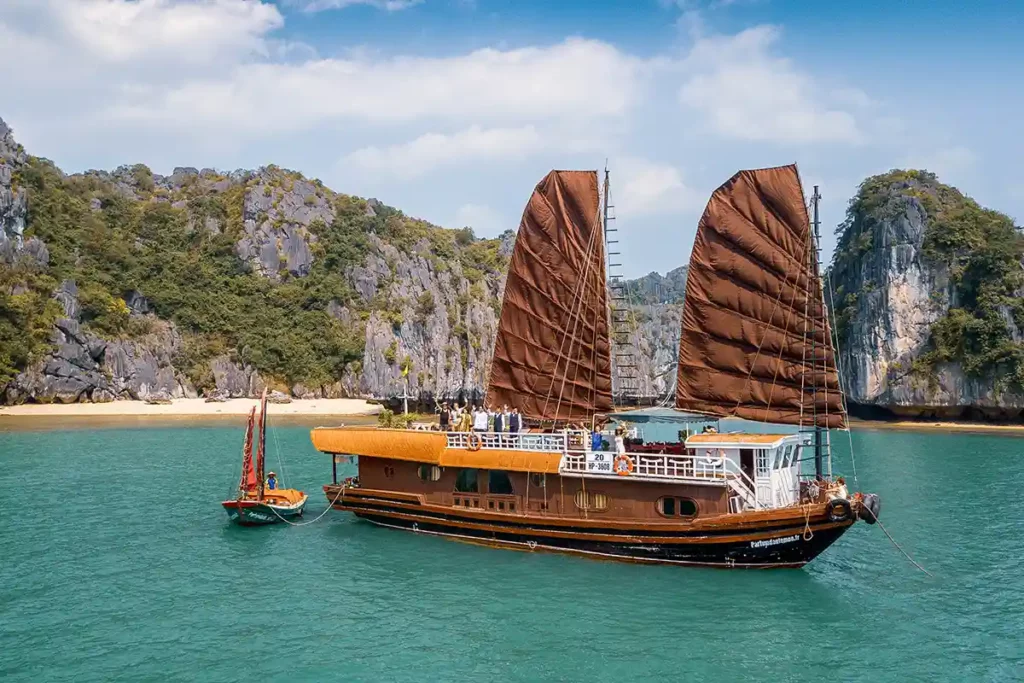
What to do during a traditional junk boat cruise?
A junk boat stay in Halong Bay can be tailored to suit all tastes and desires.
Whether you’re on your honeymoon, traveling with family, or an adventurous solo traveler, every junk cruise will leave you with unforgettable memories.
During our cruises, we offer a wide range of activities: cycling or motorbike rides on Cat Ba Island, night squid fishing sessions, cooking classes and traditional meals either on board our junks or in fishing villages, kayaking excursions, visits to caves, beaches, and floating villages… and of course, plenty of relaxation in the heart of one of the most spectacular landscapes in the world.
Have a great trip!

